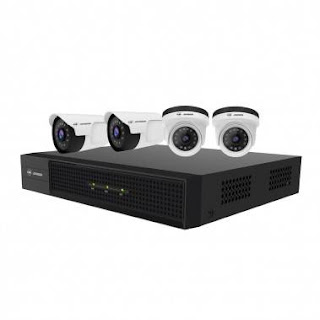How Do Temperature Scanning Cameras Work?
A temperature-scanning camera is a device
that has the ability to measure the internal temperature of a particular
object. It also has the ability to display a graphical user interface and can
capture data in digital form. This article discusses the different types of
temperature monitoring devices available for use in industries.
A Do-it-Yourself (DIY) temperature sensor
is an inexpensive option that can be purchased with simple instructions to
install it on a broad range of consumer products, including refrigerators,
freezers, food processors, stoves, and dryers. It also displays the measured
temperature in graphical format, which can be used for input into other
programs. In addition, it has the ability to automatically record readings and
can work without a human being to initiate or alter any settings.
The most sophisticated and technologically
advanced Temperature detection Camera are the Digital Millimeters (DMX)
Infrared Thermometer. It has the ability to monitor both absolute and relative
temperatures. It can display readings in over nine digits of accuracy and
displays them in numeric format. It can also transmit data to a computer
through a USB cable or radio frequency. It has a high-resolution scanner for
high quality digital readings and has an integrated LCD display.
A commercial-grade temperature monitoring
camera is designed for industrial, scientific, and laboratory applications.
They are usually equipped with digital sensors that offer good resolution and
low level of distortion. They have automatic temperature control and have
enough power to continuously operate for several days. The industrial-grade
cameras are more costly than do-it-yourself alternatives. They also have
built-in software that can perform tasks such as precise calibration and manual
adjustments.
Another type of temperature detection system device is the Digital Millimeters Infrared Thermometers. They are
equipped with a variety of sensing technologies, which can include resistive,
optical, hybrid, and ultrasonic. They provide fast, accurate and reliable
temperature reading. DMX models have a user-programmable programmable interface
for convenient temperature monitoring and they also have digital millimeter
modes.
The best time to take a temperature scan is
when the sun is not directly overhead. It is important to note that some
manufacturers advertise their monitors as temperature-monitoring cameras, but
they are actually thermometers only. The manufacturers' main focus is to sell
more products rather than providing consumers with quality temperature
readings. Some manufacturers advertise their monitors as thermometers but they
are not. They record the temperature reading and then send it to a remote
service center, where it is converted to a more usable temperature.




Comments
Post a Comment